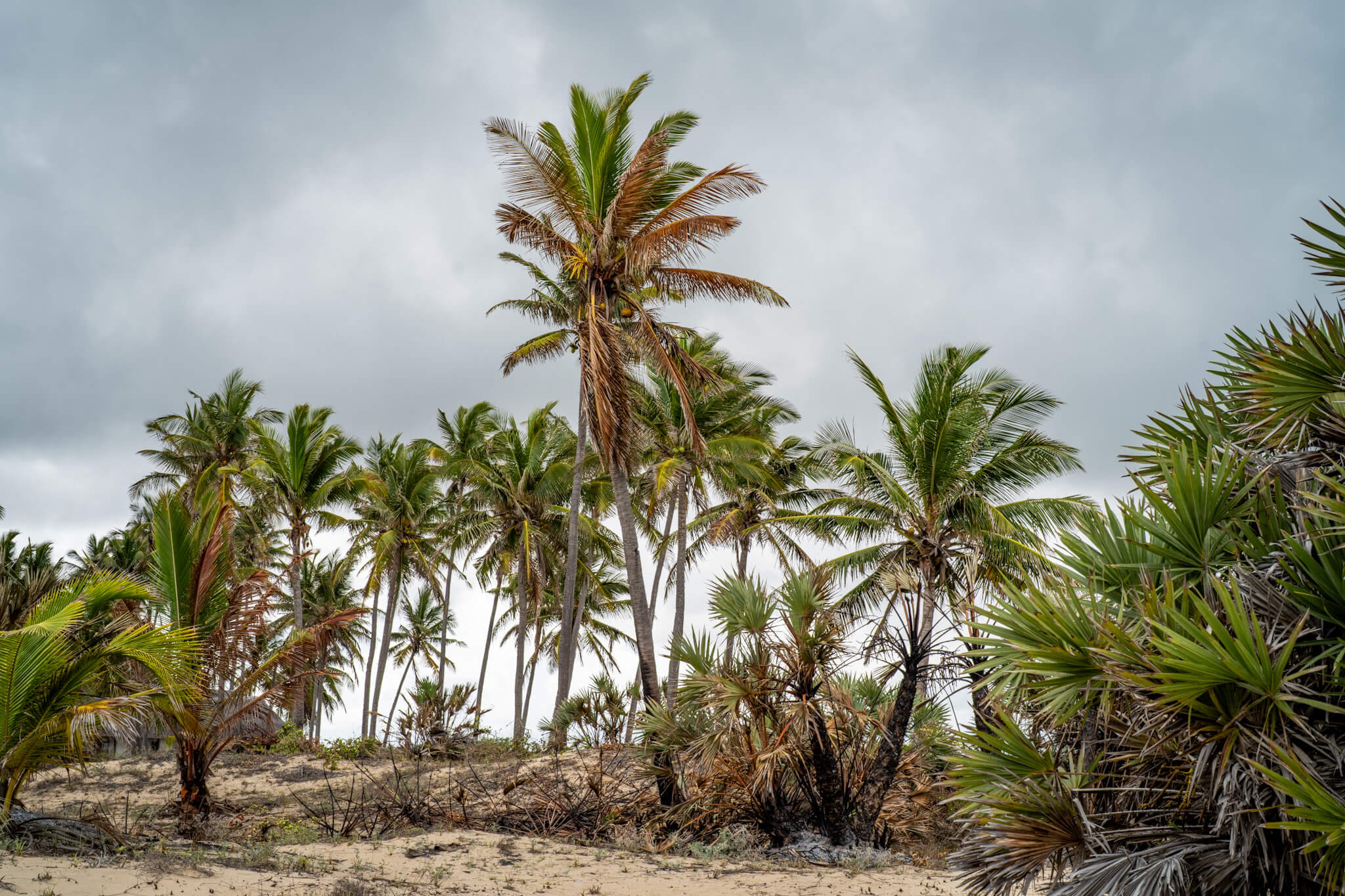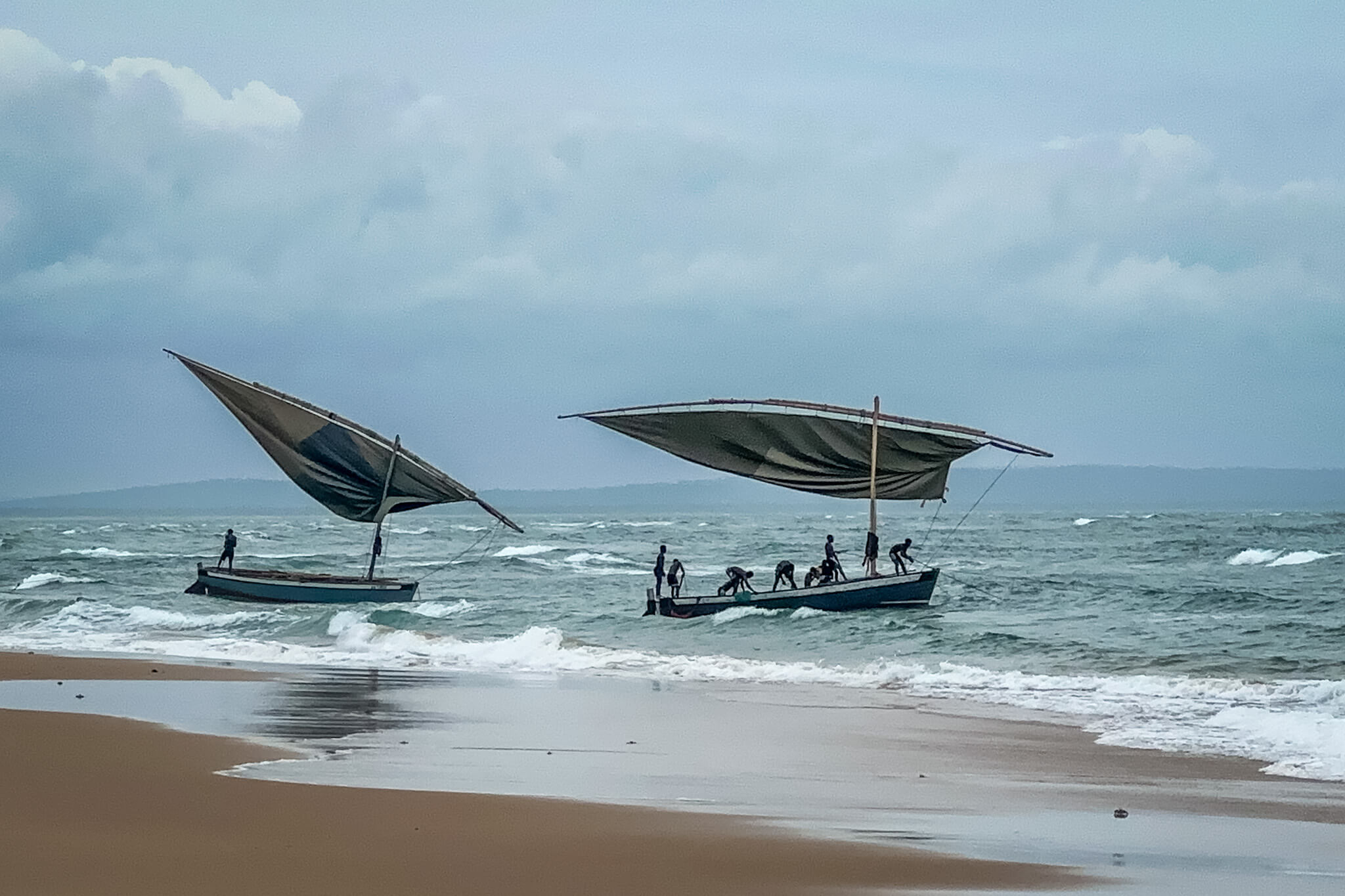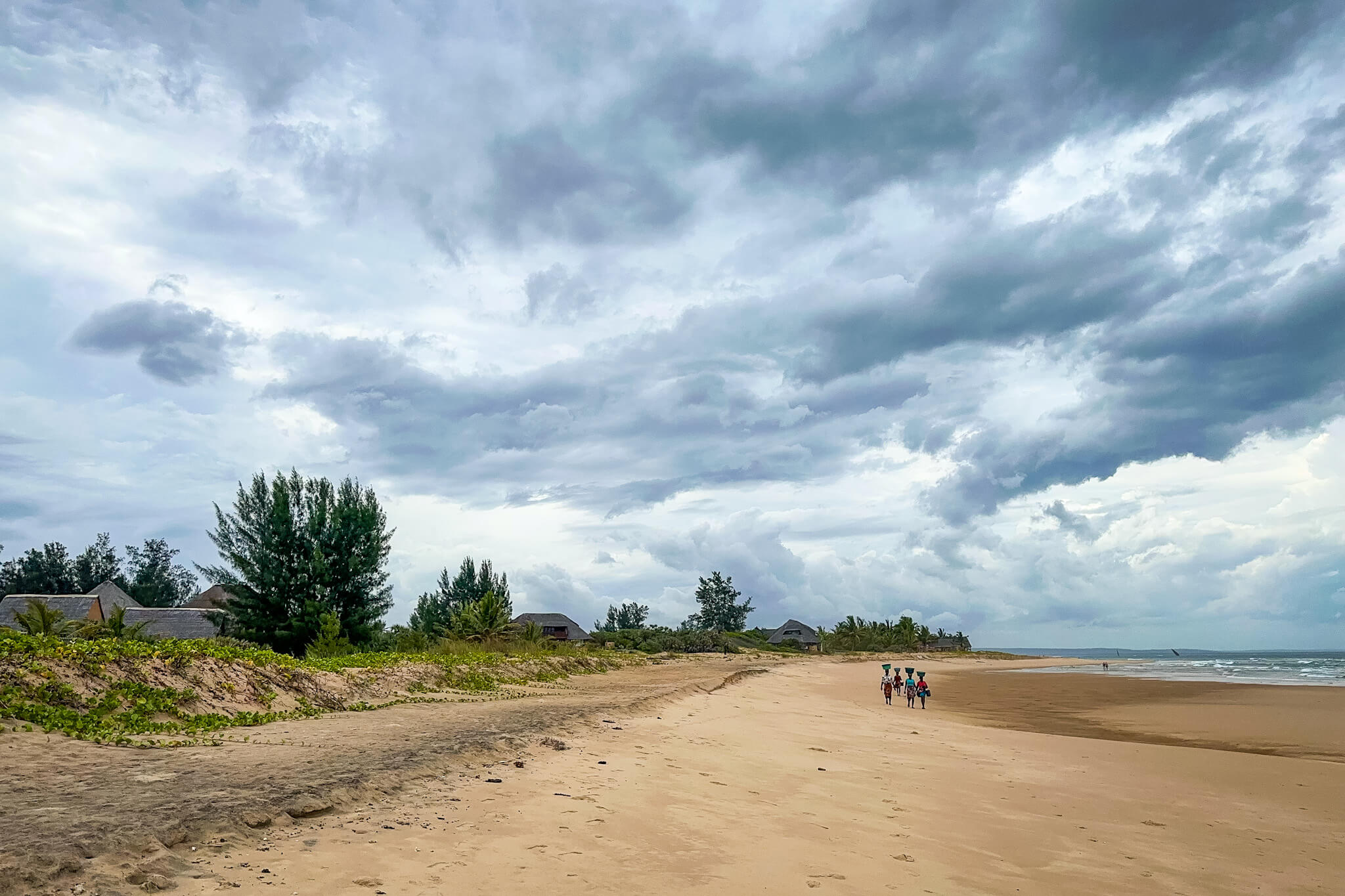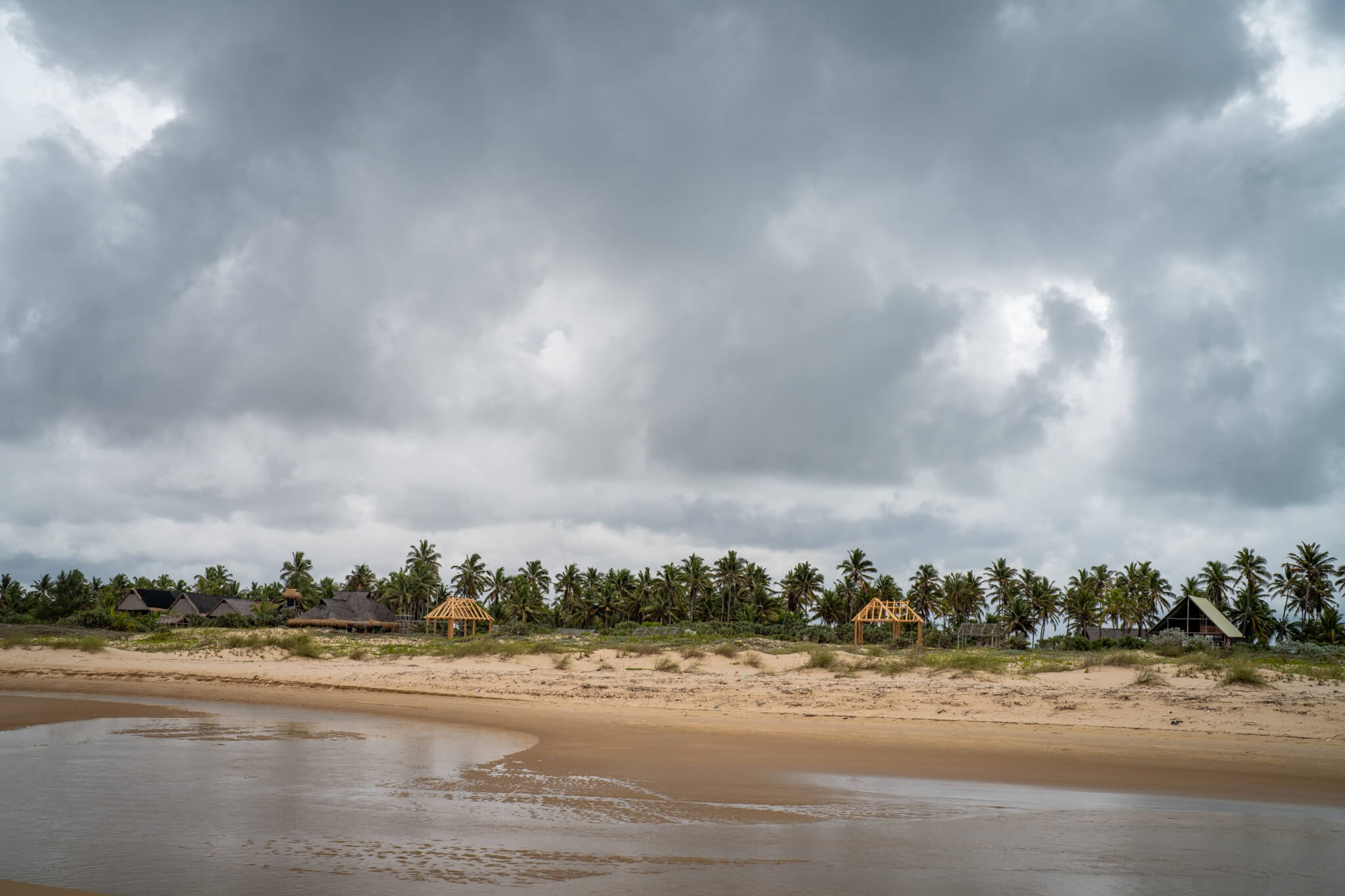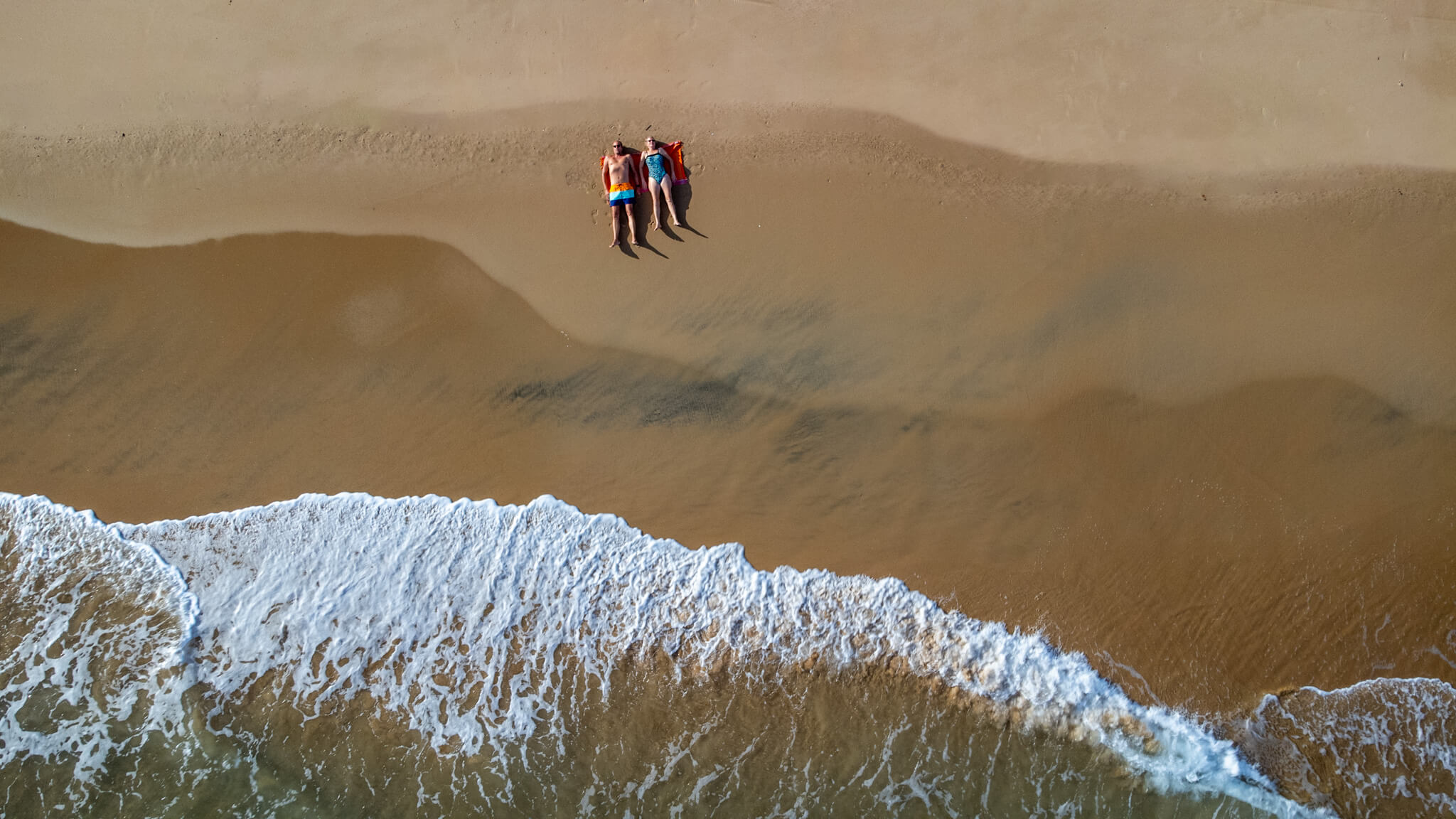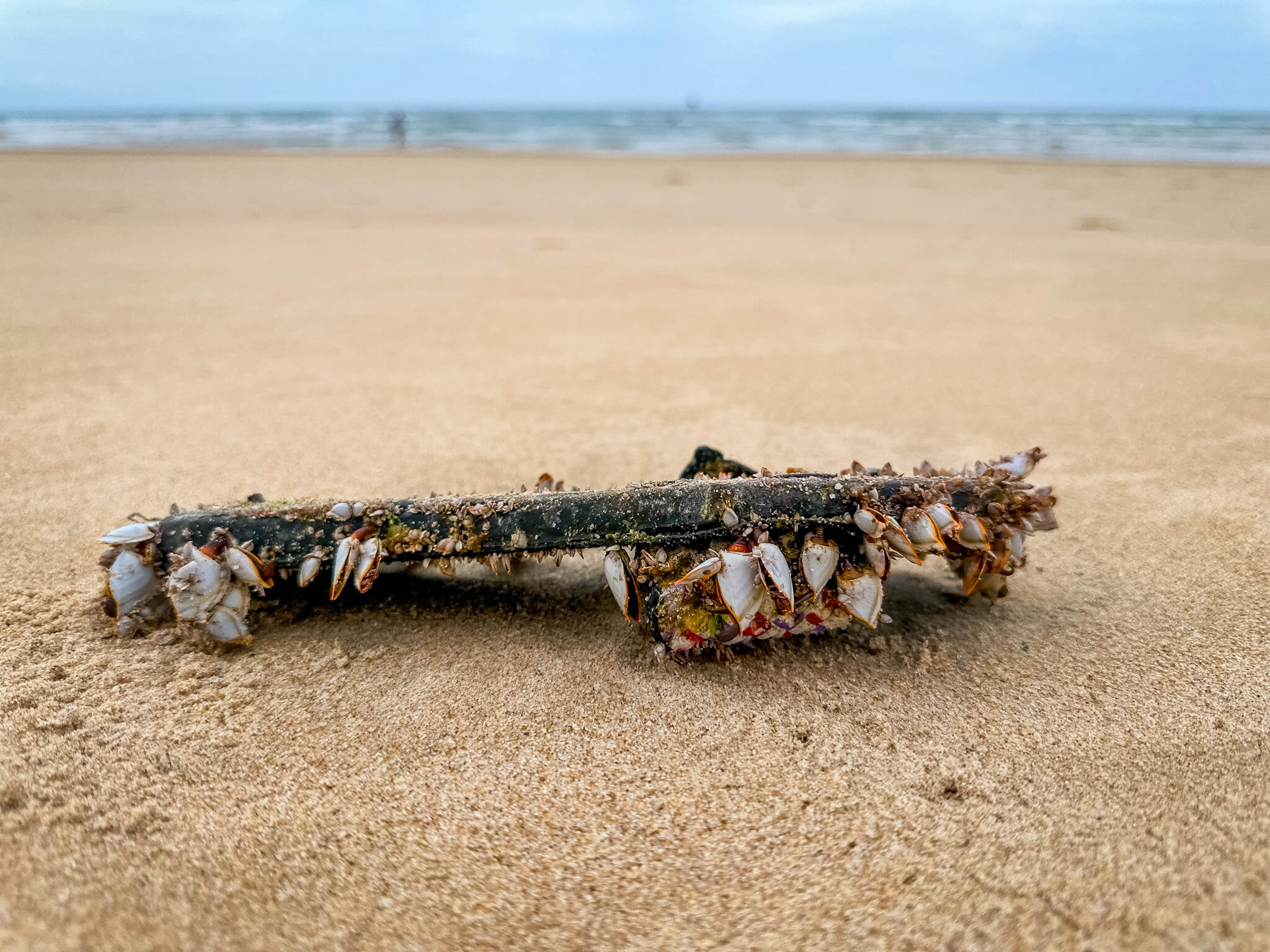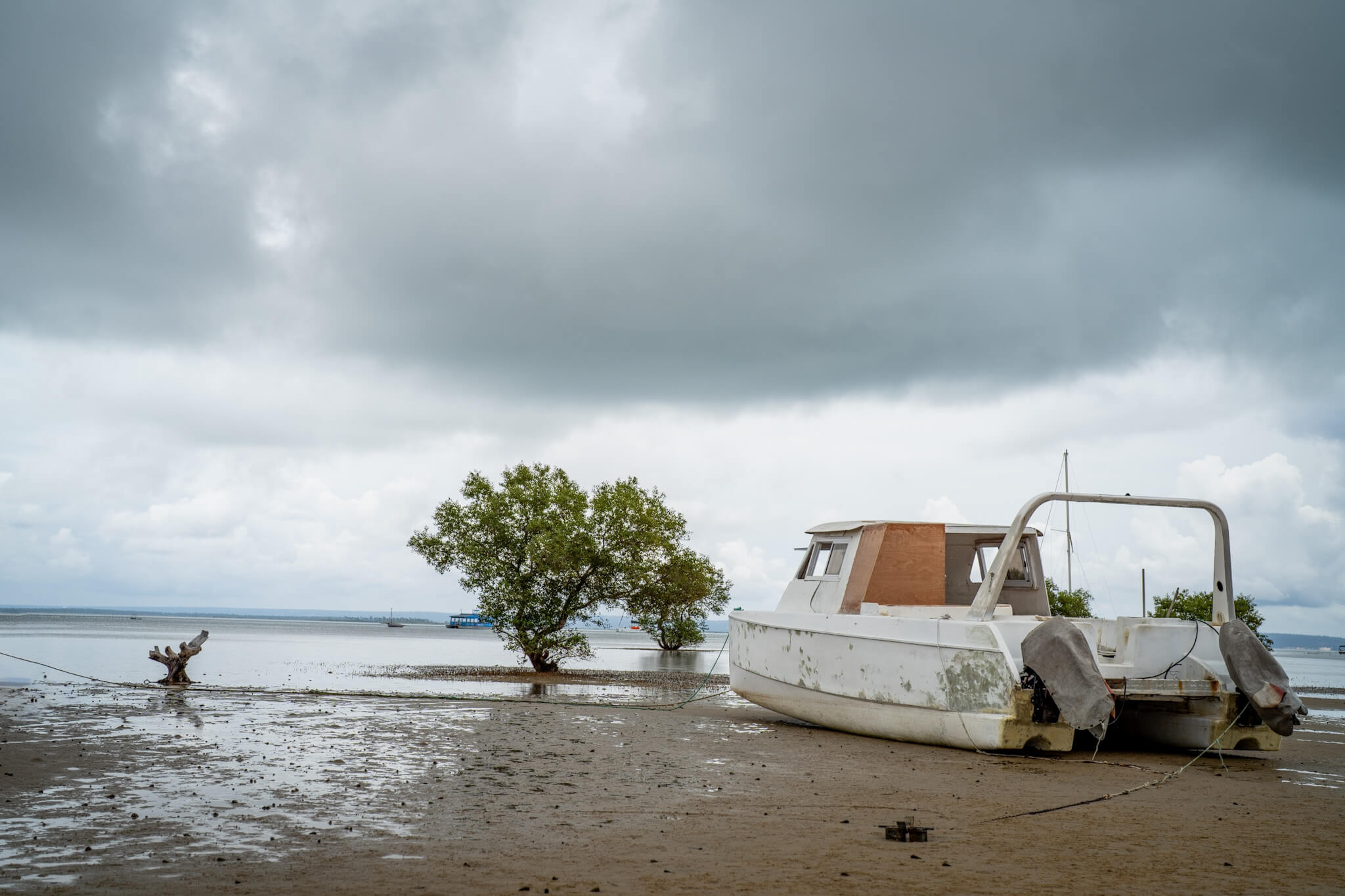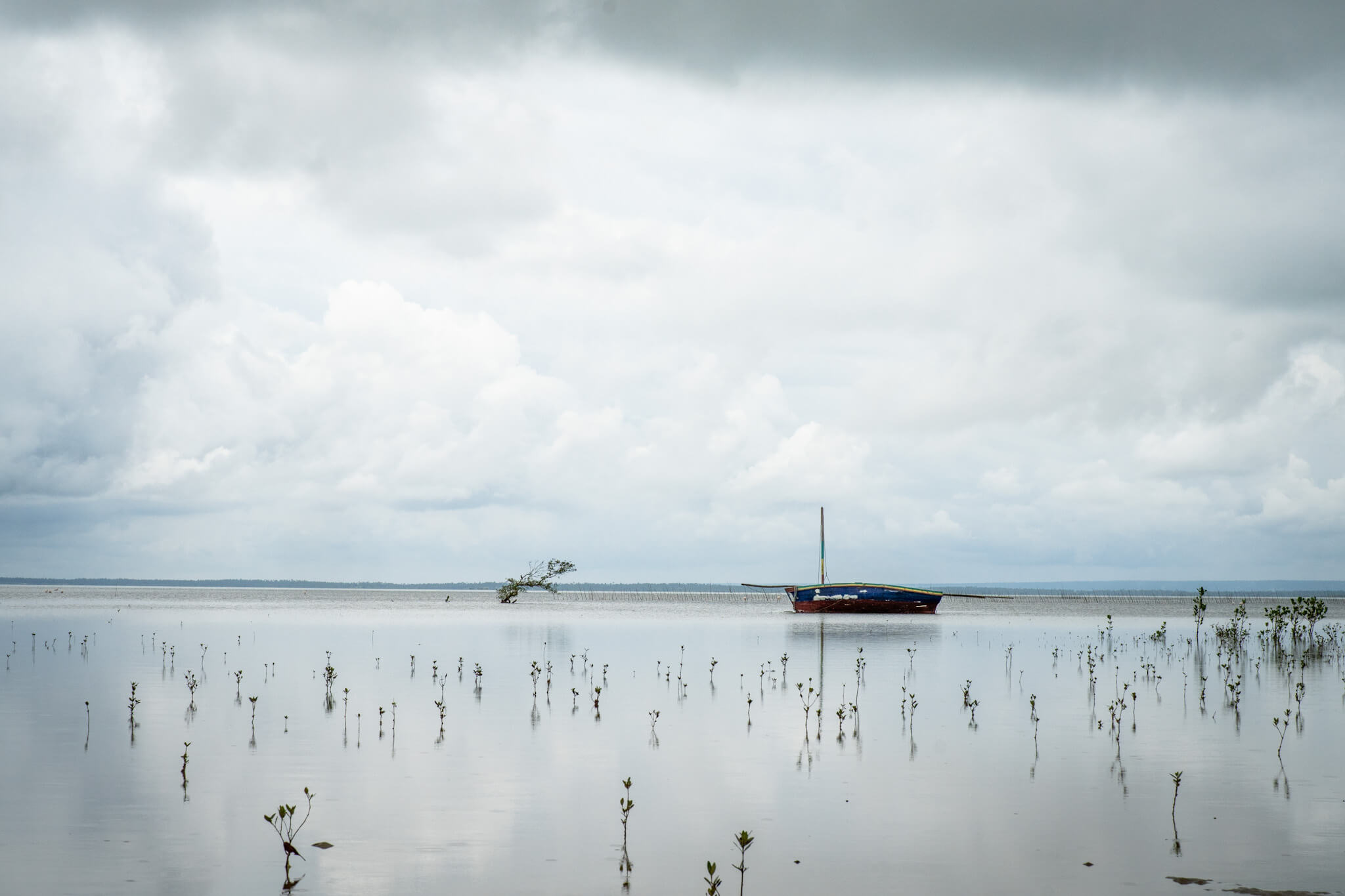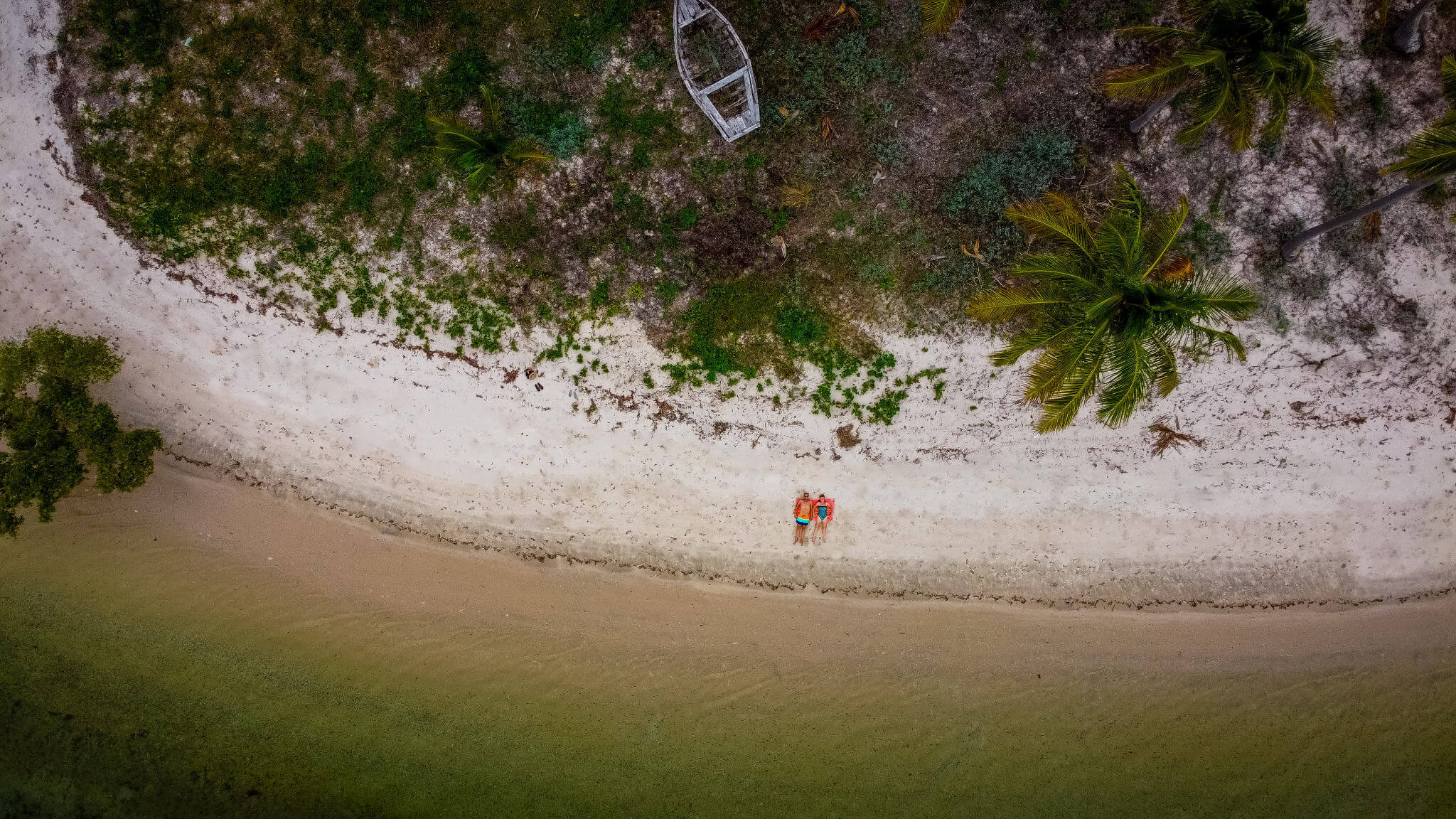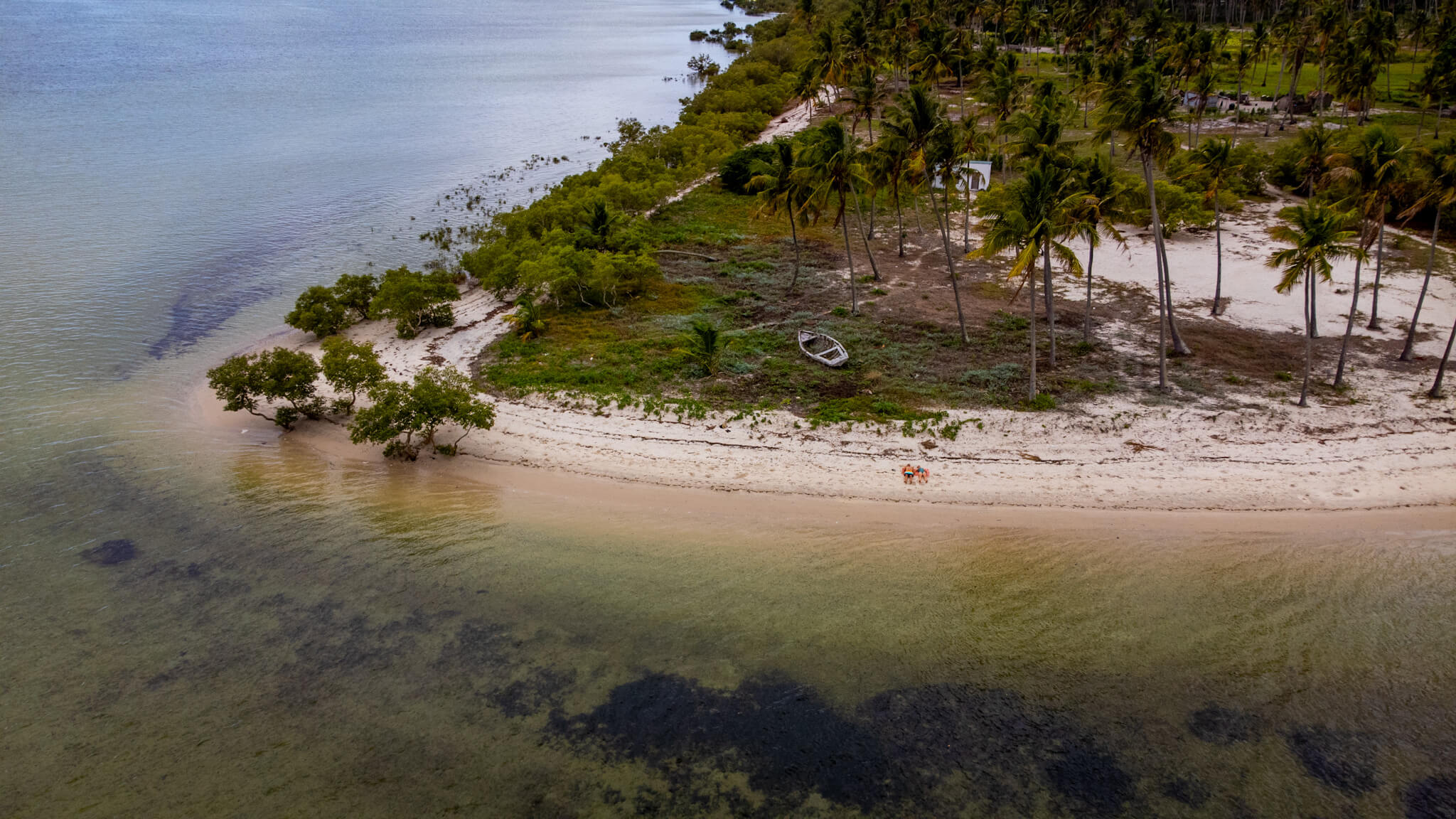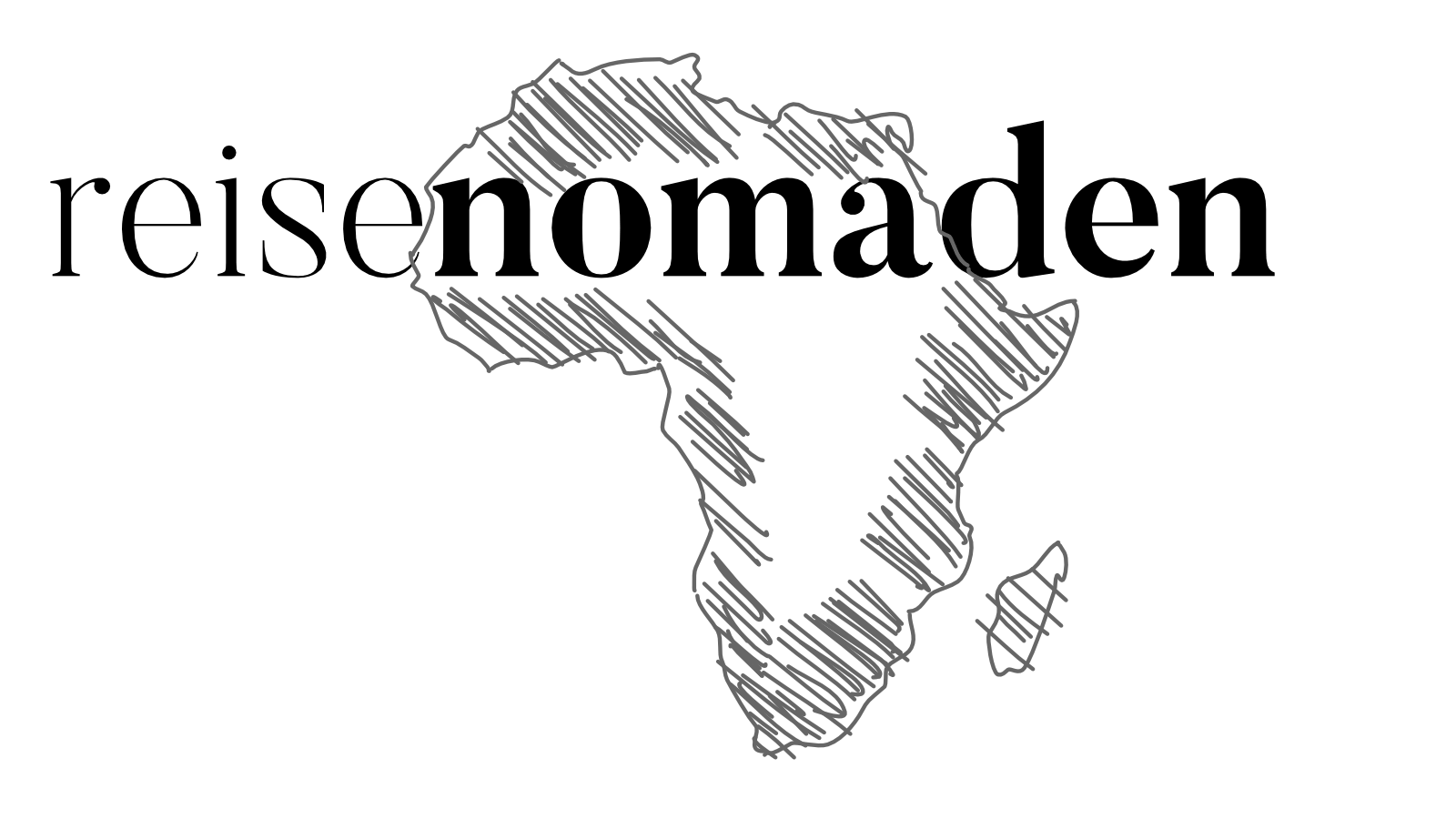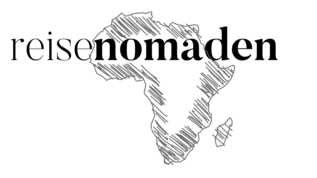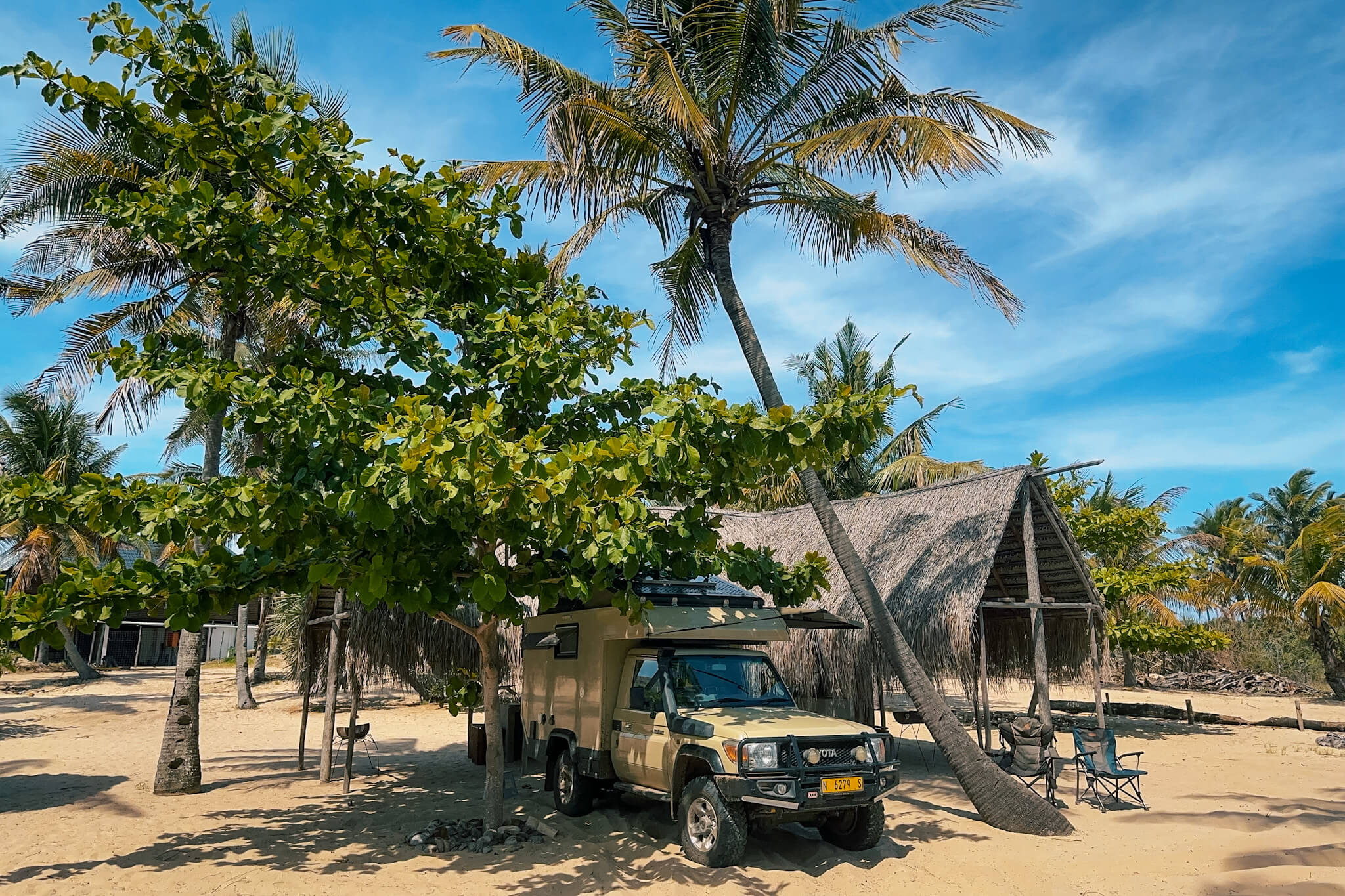In the morning, we left Tsendze Camp at around 7.00 am and drove slowly towards Giriyondo, the border of our choice with Mozambique. The opening hours of this small border post at this time of year are from 8.00-15.00, and we planned to arrive at the border at around 8.00 due to our estimated driving time. We managed this well and were the third car at the border post. The formalities on the South African side were completed within 10 minutes. Then the wait began for the gate on the Mozambique side to open. In the meantime, two large groups of South Africans had arrived. We counted a total of around 20 vehicles parked in a criss-cross pattern.
Where is the key to the gateway to Mozambique?
In the meantime, we learned from a police officer that there was no trace of the key for the large gate to the Mozambique side. After a while it became clear that a colleague had pocketed it after a big party the night before and taken it with him. The colleague now had to be called and make his way to the border. All in all, we waited for an hour in front of the locked gate. Once the problem was solved, entry was uncomplicated and reasonably quick. We set off at around 9.30 a.m., crossed the Limpopo National Park and drove via Chokwe towards the coastal town of Xai-Xai. There we had booked into a small (actually closed) camp at the mouth of the Limpopo River for two nights.
At Limpopo Rivermouth
A small road leads off from Xai-Xai in the middle of the city at «Mr. Price». You follow this road over dams, past marshlands, through villages and absolutely adventurous conditions to the sea. Tracks4Africa, our data provider for the GPS, did not know this route. We found ourselves in the middle of nowhere, driving through coconut plantations, rutted mud tracks and deep sand, and later reached our destination: the João Belo Fishing Camp. It is located directly at the mouth of the Limpopo River. This is where the great river flows into the Indian Ocean. The journey from Xai-Xai took an hour and covered a distance of 28 km. The operator, Carel, was an extremely friendly and likeable man.
We were able to book in there on the recommendation of a German long-term traveler, even though the camp was closed. Carel was actually in the middle of (re)construction. The camp’s ablutions were in urgent need of maintenance and renovation, but the place was sensational. With the necessary renovations and improvements, Carel would be able to offer a quiet oasis near Xai-Xai for those who are not interested in lagers and noisy South African groups. At the Indian Ocean you are alone and Carel also offered fishing trips. He was also able to get fresh fish for dinner. We liked it there.
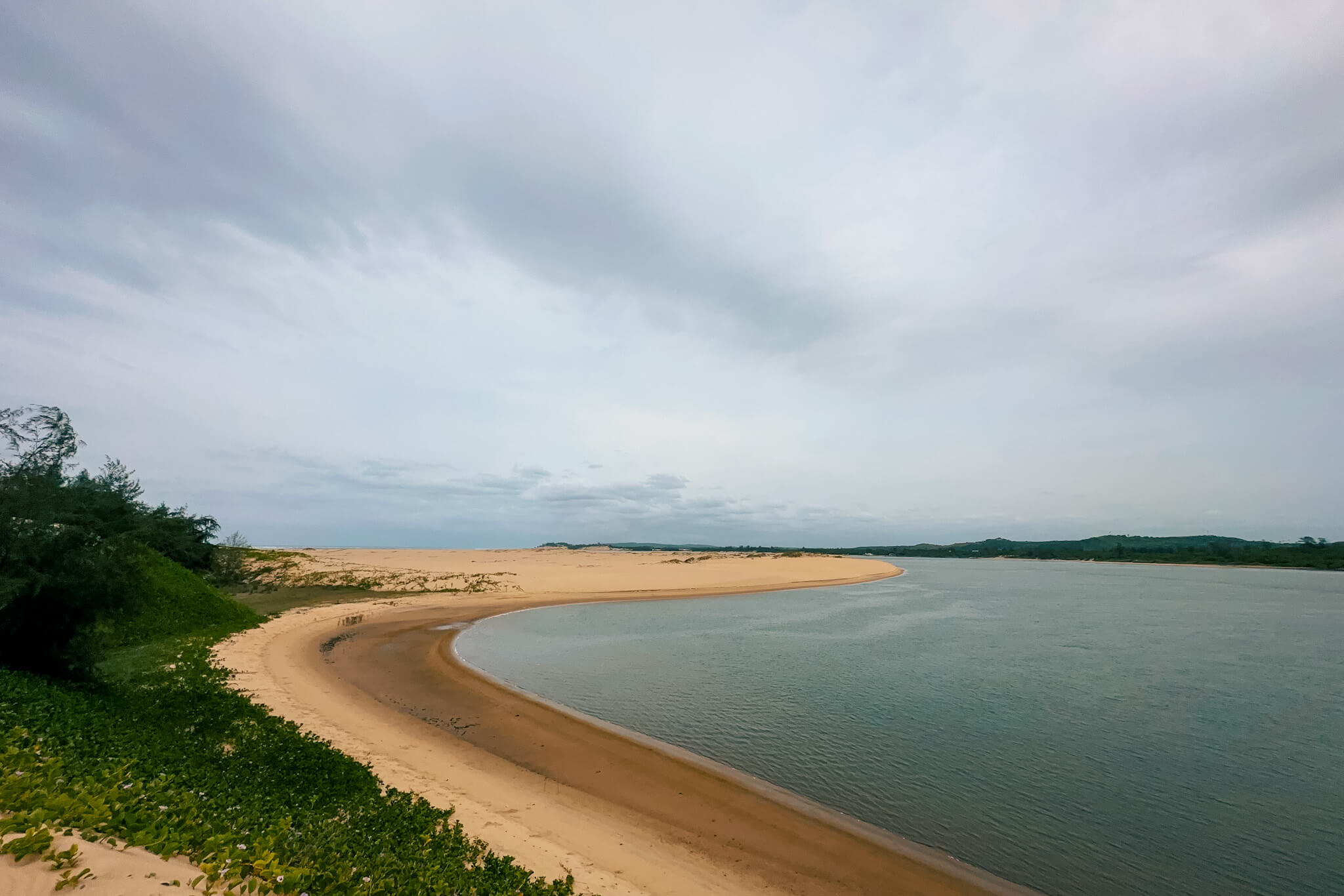
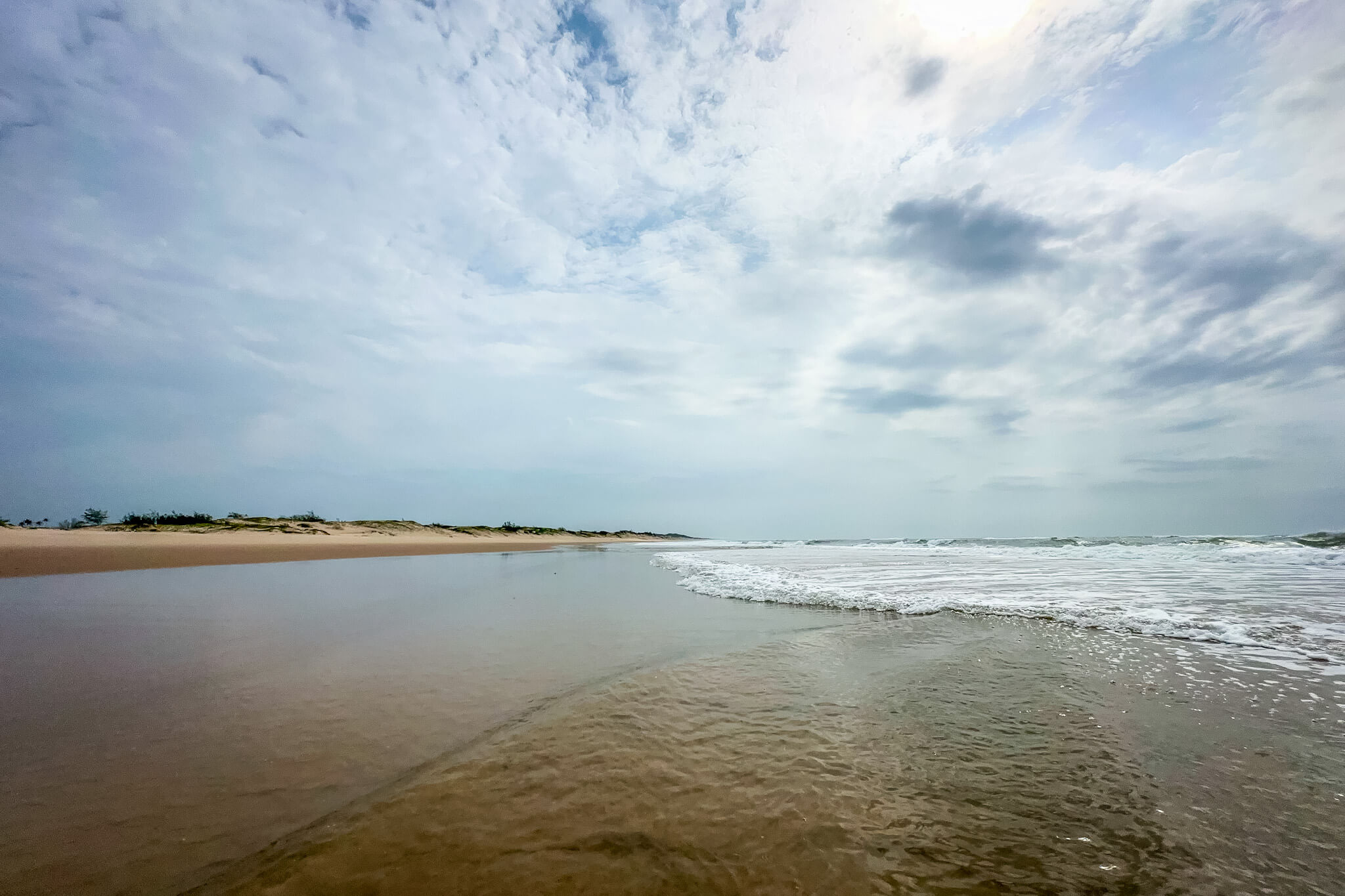
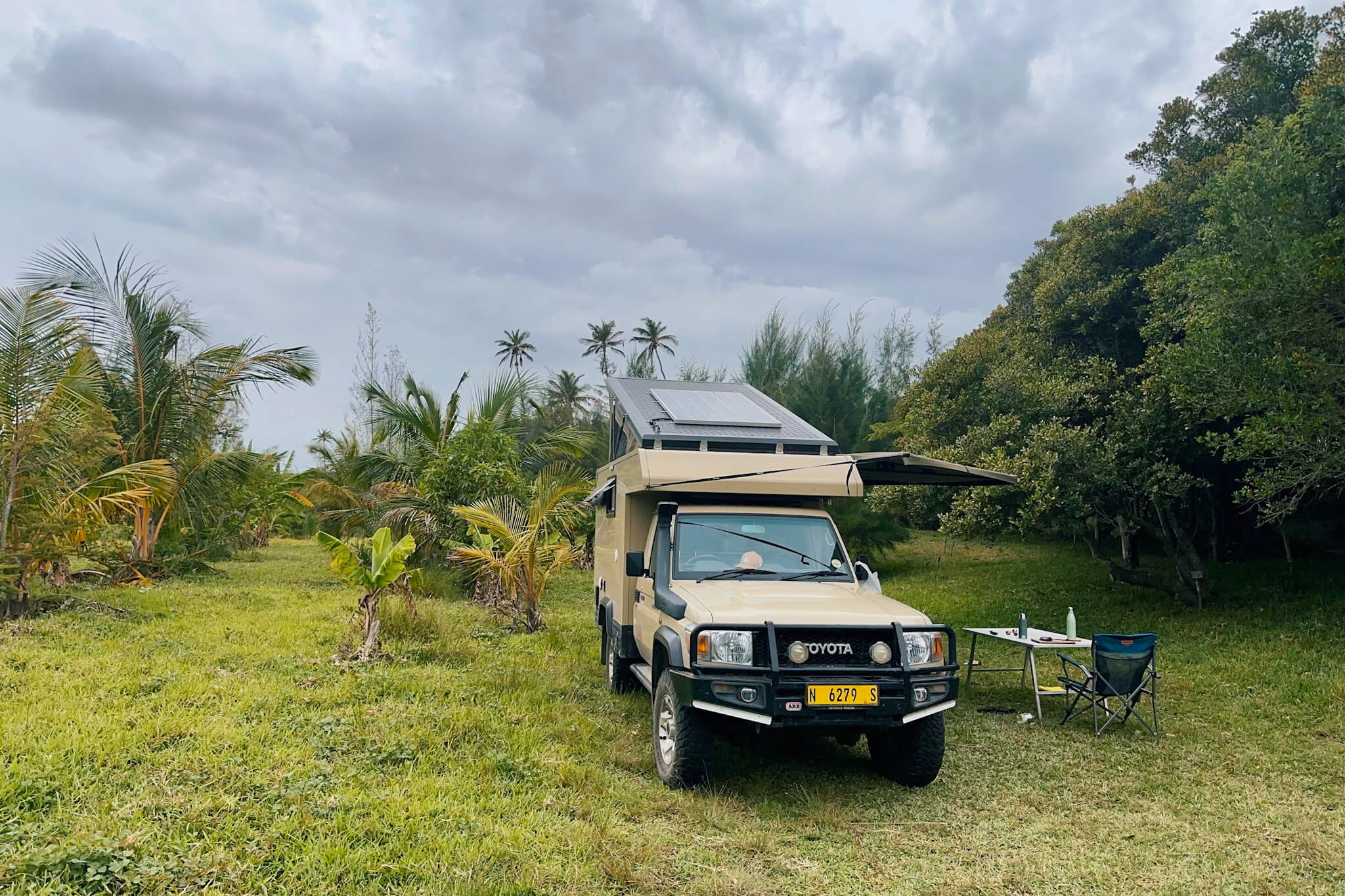
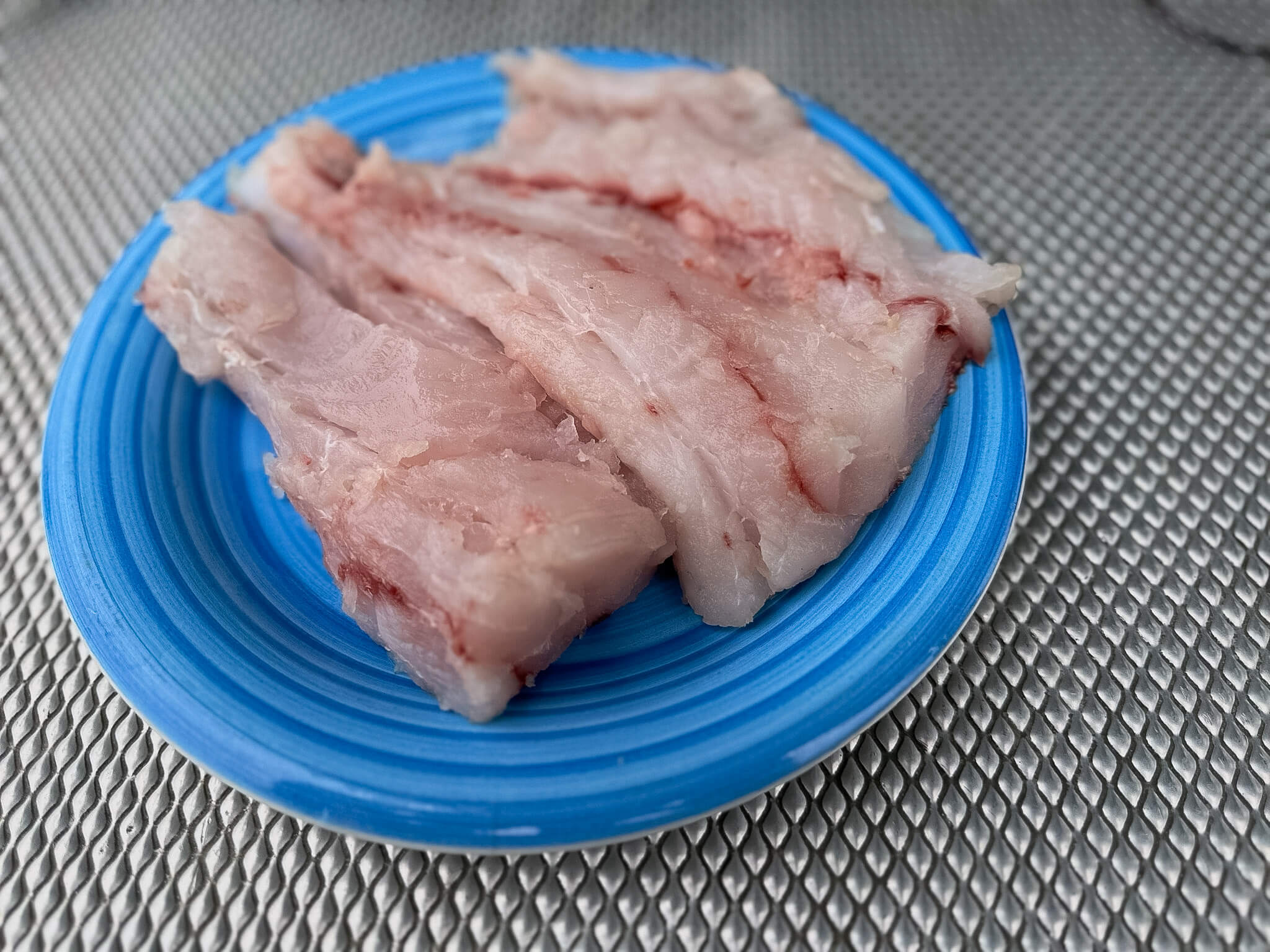
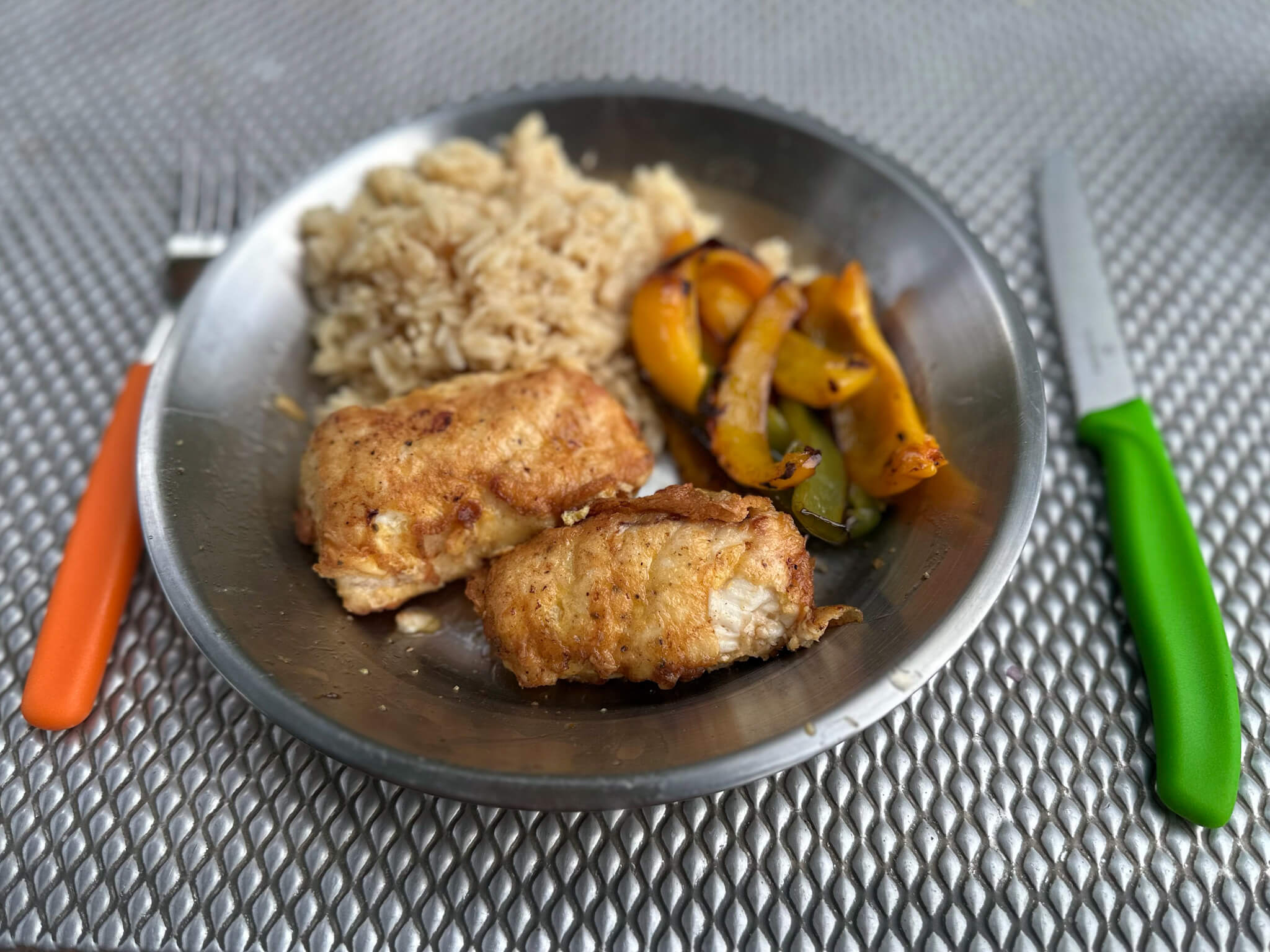
Do we dare or are we stranded?
After the two nights, we wanted to leave in the morning to arrive in Barra, in the Inhambane region, in the early afternoon. We had made a reservation there for a few days. On the evening before we left Carel, it started to rain. It rained incessantly throughout the night and we were worried. The road to Xai-Xai was criss-crossed by extreme ruts in places. The dreaded «Black Cotton Soil», an extremely sticky and slippery mud, was frequently present. Driving over it was similar to driving on a mirror-smooth ice surface. We discussed what to do. Guido was convinced that the surface wouldn’t get any better and wanted to set off as early as possible. Especially as the weather forecast had predicted rain for the next two days. It would be another day before the road was dry enough. Drive now or wait three days.
90 minutes of stress
Determined, we packed up early in the morning, in the middle of the rain. We set off at 6.15 am. The first few kilometers behind the camp were very treacherous. We had to master the incline on a hill, make our way through deep ruts and all this on black cotton soil. In fact, it took us 15 minutes and 5 attempts to complete this passage. Low range and both differentials locked were necessary to get through it at all. Guido was very unhappy with the lifespan of the BF Goodrich All Terrain tires and changed brands in late summer. We had been running Mud Terrain tires from Hankook for about 10,000 km. What luck in this situation. These tires didn’t clog up with mud so quickly and simply offered more grip. In the end, we overcame all the other challenges and reached Mr. Price at 7.45 am.
Barra Dica
The drive from Xai-Xai to the peninsula near Inhambane took almost 5 hours. The police often stood in the middle of nowhere and carried out speed measurements. In addition, it was not always easy to determine the maximum permitted speed, as the signs were sometimes positioned very chaotically. We therefore decided to drive rather defensively and get through the country penalty-free. We wanted to invest the money we had saved in fish and good food. The Barra lagoon is located near the well-known coastal town of Tofo. As Barra is located on the tip of the headland, the place offers access to both the lagoon and the open ocean. We booked in for nine nights at Barra Dica, a camp that offered chalets as well as six campsites. Here we relaxed and our day consisted of long walks along the very long sandy beach. We ate lots of delicious fish, which we either prepared ourselves or ordered from one of the restaurants within walking distance. We let our minds wander, went swimming in the Indian Ocean every day and enjoyed life.

